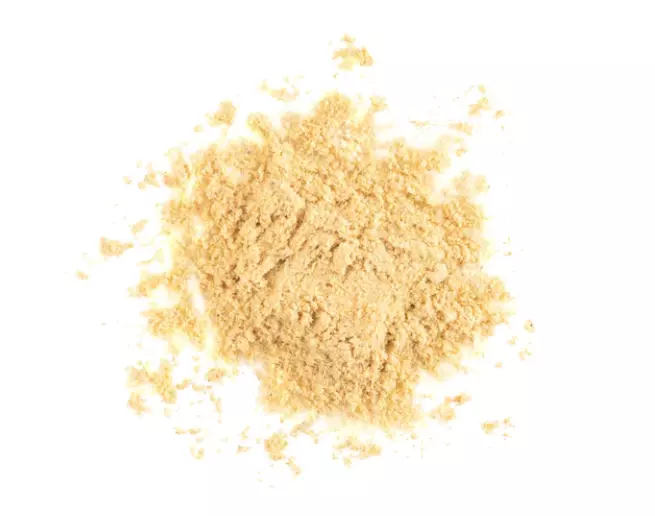IUPAC Name
(3-hexadecanoyloxy-2-octadecanoyloxypropyl) 2-(trimethylazaniumyl)ethyl phosphate
Cas Number
8002-43-5
HS Code
2923.20.10
Formula
C42H80NO8P
Appearance
Light Yellow Powder
Common Names
Phosphatidylcholine
Packaging
25 Kg Bag
Brief Overview
Lecithin is a generic term to designate any group of yellow-brownish fatty substances occurring in animal and plant tissues composed of phosphoric acid, choline, fatty acids, glycerol, glycolipids, triglycerides, and phospholipids. Lecithin can easily be extracted chemically or mechanically. Lecithin is usually available from soybeans, eggs, milk, marine sources, rapeseed, cottonseed, and sunflower. Lecithin has low solubility in water but is an excellent emulsifier. Aqueous solutions' phospholipids can form liposomes, bilayer sheets, micelles, or lamellar structures, depending on hydration and temperature. This results in a type of surfactant that is usually classified as amphipathic. Lecithin is sold as a food supplement and for medical purposes.
Manufacturing Process
As food manufacturers use, commercial lecithin is a mixture of oil phospholipids. The lecithin can be obtained by water degumming the extracted oil of seeds. It is a mixture of various phospholipids, and the composition depends on the origin of the lecithin. A major source of lecithin is soybean oil. The main phospholipids in lecithin from soya and sunflower are phosphatidyl choline, phosphatidyl inositol, phosphatidyl ethanolamine, and phosphatidic acid.
Food Industry
In cooking, it is sometimes used as an emulsifier and to prevent sticking, for example, in a nonstick cooking spray. It is used commercially in foods requiring a natural emulsifier or lubricant. In confectionery, it reduces viscosity, replaces more expensive ingredients, controls sugar crystallization and the flow properties of chocolate, helps in the homogeneous mixing of ingredients, improves shelf life for some products, and can be used as a coating. In emulsions and fat spreads, it stabilizes emulsions, reduces spattering during frying, and improves the texture of spreads and flavour release. In dough and bakery, it reduces fat and egg requirements, helps even distribution of ingredients in the dough, stabilizes fermentation, increases volume, protects yeast cells in the dough when frozen, and acts as a releasing agent to prevent sticking and simplify cleaning. It improves the wetting properties of hydrophilic powders (e.g. low-fat proteins) and lipophilic powders (e.g. cocoa powder), controls dust, and helps complete dispersion in water. In margarine, especially those containing high levels of fat (>75%), lecithin is added as an 'anti-spattering' agent for shallow frying.
Pharmaceutical Industry
In the pharmaceutical industry, it acts as a wetting, stabilizing agent and choline enrichment carrier. It also helps in emulsification and encapsulation and is a good dispersing agent. It can be used to manufacture intravenous fat infusions and for therapeutic use.
Paint and Coating Industry
It forms protective coatings for surfaces with painting and printing ink. It has antioxidant properties and acts as a rust inhibitor. It is also a wetting, emulsifier, colour-intensifying agent, catalyst and conditioning aid modifier. It helps to maintain a uniform mixture of several pigments and prevents the hard settling of pigments, eliminates foam in water-based paints and helps in the quick dispersion of latex-based paints.
Other Application
Lecithin is used in animal feed to enrich fat and protein and improve palletization. Lecithin also may be used as a release agent for plastics, an anti-sludge additive in motor lubricants, an anti-gumming agent in gasoline, and an emulsifier, spreading agent, and antioxidant in textile, rubber and other industries.
